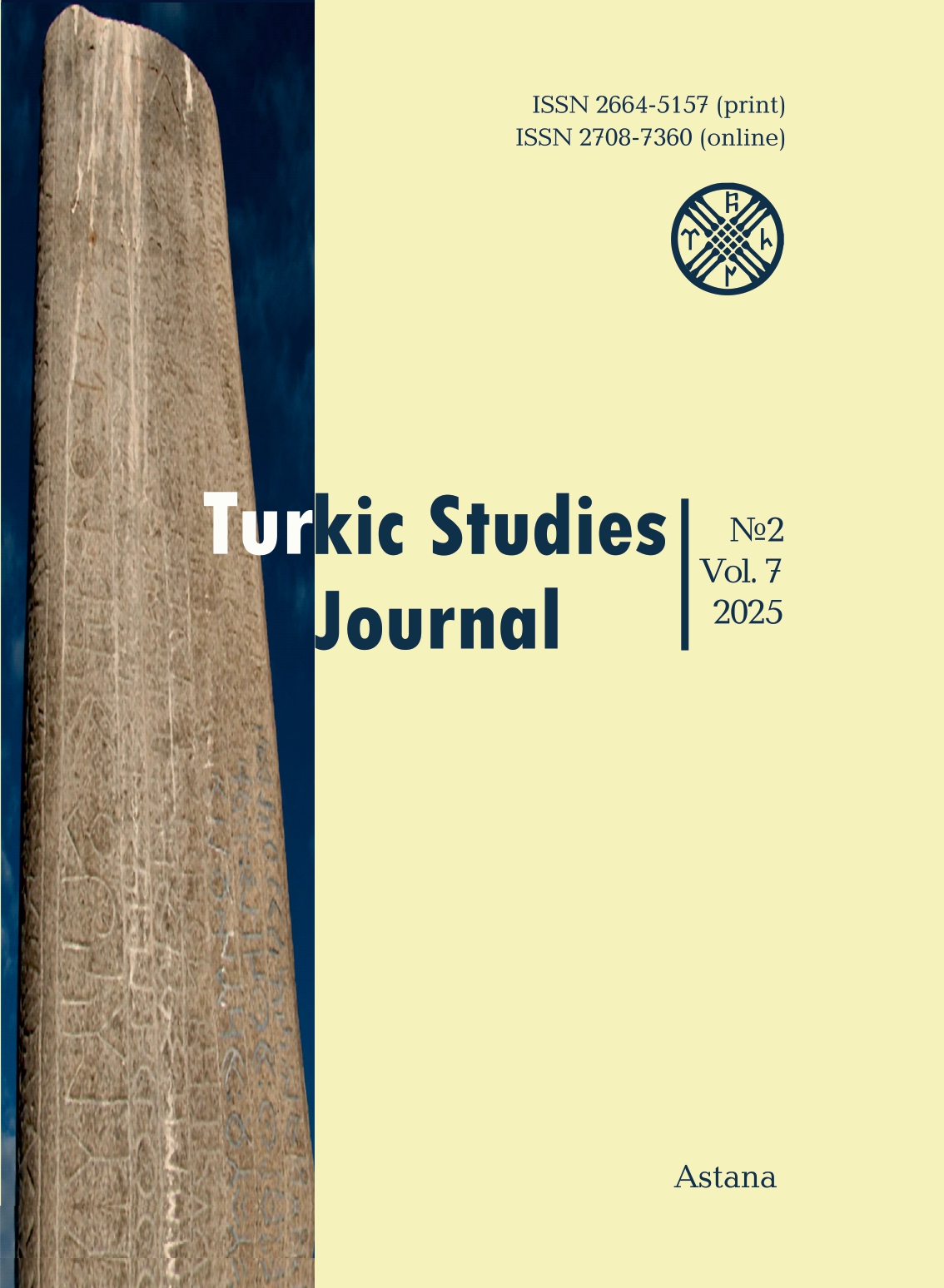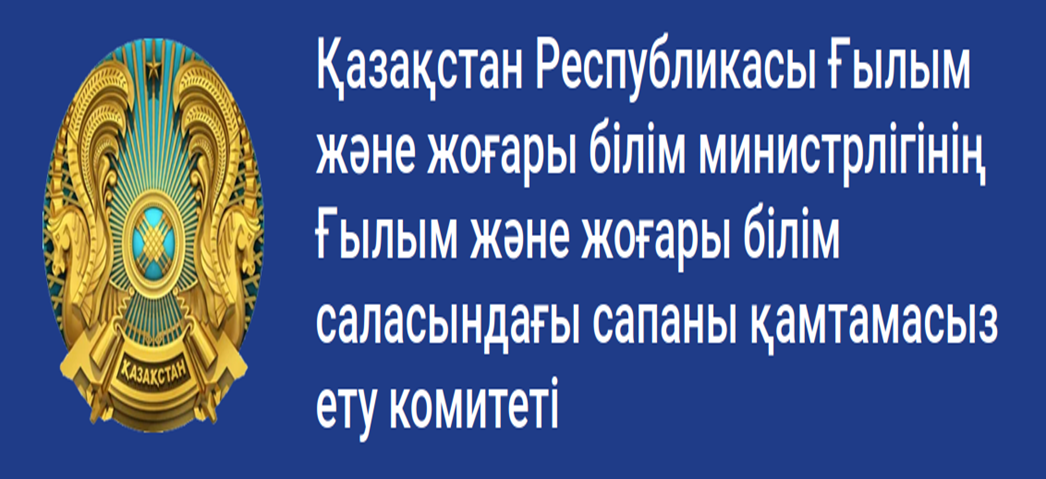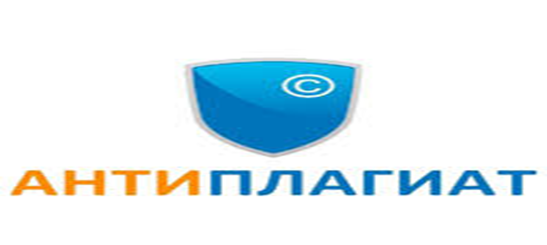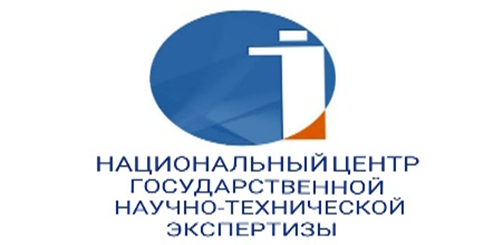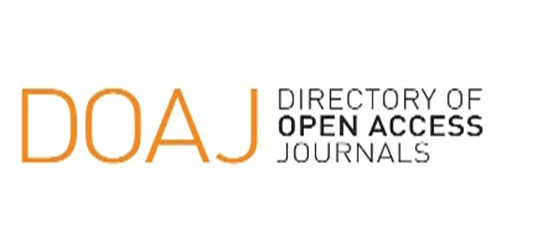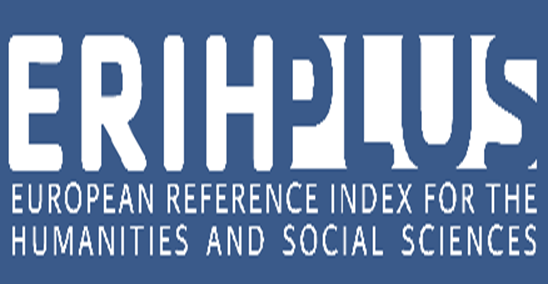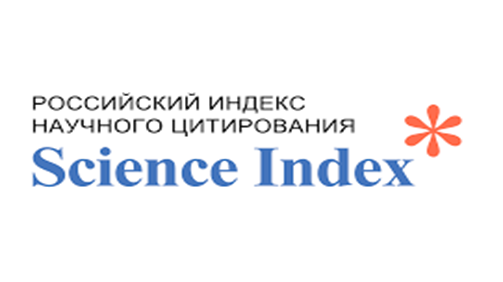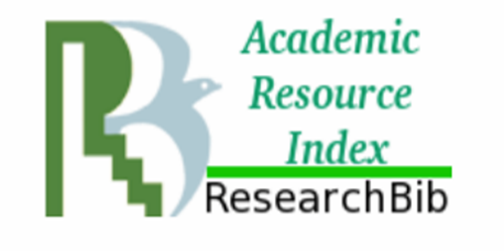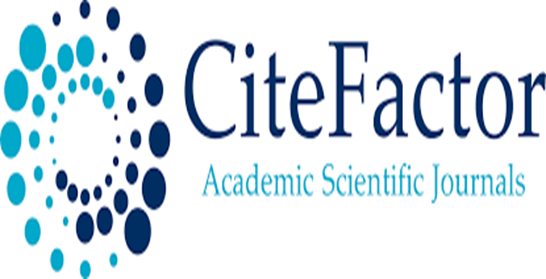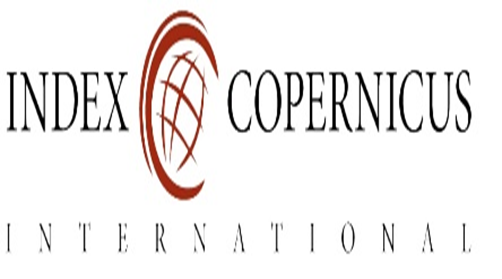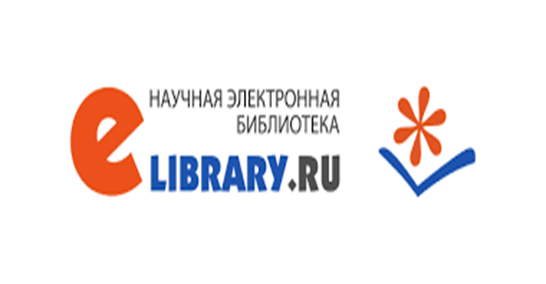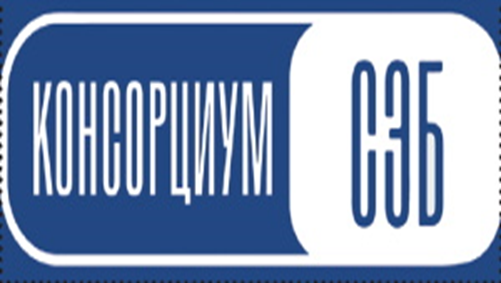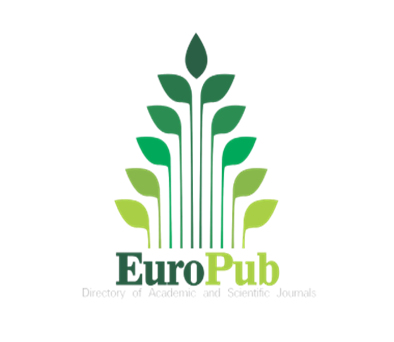Valency of the verb 'ayt' in the Manuscript “Gulistan bit turki”
Views: 200 / PDF downloads: 63
DOI:
https://doi.org/10.32523/2664-5157-2025-2-167-181Keywords:
valency, historical syntax, actant structure, compatibility, semantic syntax, syntactic valency, semantic valency, verb ‘ayt’, historical text, word combination.Abstract
This article analyzes the valency of the verb ‘ayt’ in the medieval manuscript "Gulistan bit Turki." Valency theory, which is closely related to collocations and syntactic structures, gives an opportunity to identify the logic of word compatibility in a language and offers insight into the syntactic potential of lexemes in the text, as well as to understand the mental intentions of the Turkic peoples. The study focuses on analyzing the valency structure of ‘ayt’ in "Gulistan bit Turki" and compares its semantics with that of the same verb in modern Kazakh. The research employs syntactic-semantic, historical-comparative, and statistical-corpus methods. The statistical-corpus method is used to analyze the meaning of ‘ayt’ in the manuscript, while the historical-comparative method compares its structural features in the medieval Turkic language with modern Kazakh. Syntactic-semantic analysis enables exploration of semantic-structural nature of word combinations formed with ‘ayt’. To determine the valency of the verb, the study analyzes actant structures in verb phrases with ‘ayt’. It was found that ‘ayt’ appears with various actants, including agent, modifier, patient, and addressee, and that the verb has six valency roles. The results indicate that ‘ayt’ had broader semantic and syntactic possibilities in the medieval Turkic language than in modern Kazakh. Various grammatical forms such as aytti, aytur, ayttim, and aytkan demonstrate its high conjugational versatility in historical context. While the syntactic valency of ‘ayt’ has remained unchanged, its semantic scope has narrowed over time. The semantic load of the verb in the monument's language has undergone functional and stylistic differentiation in modern Kazakh. in the manuscript, ‘ayt’ conveyed a broader range of meanings, including 'to speak,' 'to show,' 'to command,' wheres in modern Kazakh, it functions primarily as a verb of speech.
The theoretical conclusions of this study lay a foundation for further examination of valency, semantic classification, and structural continuity in the development of Turkic languages. The findings clarify the role of linguistic units and structures in written monuments in shaping modern Turkic languages, including Kazakh. Studying the continuity of linguistic systems opens new avenues for resaerch in linguistics.
Downloads
Reference
Амирбекова А., Уракова Л., Талғатқызы Г., 2021. Қазақ тіліндегі сөздердің семантикалық тіркесу жүйесі. Tiltanym. 3. Б. 3-14.
Қазақ тілінің түсіндірме сөздігі, 2008. Алматы: Дайк-Пресс. 967 б.
Миннегулов Х., 2017. Тюрко-татарская словесность в контексте межлитературных связей. Казань: Ихлас. 343 с.
Наджип Э., 1975. Тюркоязычный памятник XIV века «Гулистан» Сейфа Сараи и его язык. Алма ата. 217 с.
Оразов М., 1991. Қазақ тілінің семантикасы. Алматы. 216 б.
Оспанова Д., Аитова Н., Сұлтанзаде В. (2023). Тілдік бірліктердің эмотивтілігі және эмотивті валенттілігі. Ясауи Хабаршысы. 1(127). Б. 145-155.
Расулов Р., 2022. Валентность слова и синтаксическая связь. Экономика и социум, (5-1 (96)). С. 1075-1084.
Сабыр М., 2004.Орта түркі тілі лексикасы мен қазақ тілі лексикасының сабақтастығы (ХІV ғасыр жазба ескерткіштері негізінде). Алматы: Қазақ университеті. 315 б.
Сағындықұлы Б., 2006. Алтын Орда жазба ескерткіштерінің (ХІҮ ғ.) салыстырмалы лексикасы. Алматы: Қазақ университеті. 110 б.
Сейітбекова А., 2024. Сейф Сараидың «Гүлістан бит түрки» жазба ескерткіші: сөздігі, транскрипциясы, аудармасы. Алматы: Асыл ЖК. 704 б.
Талғатқызы Г., Әмірбекова А. Б., Қайырбекова Ұ. С., Аккузов А. А., & Шуиншина Н., 2023. «Түйе» сөзінің семантикалық тіркесімділігі және ұлттық корпуста автоматтандыру тәсілдері. TILTANYM. № 3 (91). Б. 200-209
Шустова С. В., Смирнова Е. А., 2015. Глагольная валентность как семантикограмматическая категория. Вестник Пермского университета. Российская и зарубежная филология. 4 (32). С. 21-29.
Cook J. A., 2012. Valency: the intersection of syntax and semantics. In Annual Meeting of the Society of Biblical Literature. Chicago. IL. November. Vol. 17.
Karamanlıoğlu A.F., 1989. Seyf-i sarâyî gülistan tercümesi (kitâb gülistân bi’t-türkî). Ankara: Türk Dil Kurumu Yayınları, С. 544.
Perini M. A., 2015. Describing verb valency: practical and theoretical issues. Springer.
Semecký J., 2008. Verb Valency Frames Disambiquation. Doctoral thesis. 144 p.
Willems K., 2006. Logical polysemy and variable verb valency. Language Sciences, 28(6), P. 580-603.
REFERENCE
Amirbekova, A., Urakova, L., Talgatkyzy, G., 2021. Kazak tilindegi sozderdin semantikalyk tirkesu zhuyesi [The semantic combination system of words in the Kazakh language]. Tiltanym. (3). pp. 3-14. [in Kazakh].
Cook, J.A., 2012. Valency: the intersection of syntax and semantics. In: Annual Meeting of the Society of Biblical Literature. Chicago. IL. November (Vol. 17).Karamanlıoğlu, A.F., 1989. Seyf-i sarayi gulistan tercumesi (kitab gulistan bi’t-turki). Ankara: Türk Dil Kurumu Yayınları. 544 p. [in Turkish].
Kazak tilinin tusindirme sozdigi [Explanatory dictionary of the Kazakh language], 2008. Almaty: Daik-Press. 967 p. [in Kazakh].
Minnegulov, H., 2017. Tjurko-tatarskaya slovesnost v kontekste mezhliteraturnykh svjazej. [Turkic-Tatar literature in the context of interliterary relations]. Kazan. 343 p. [in Russian].
Nadzhip, E., 1975. Tjurkojazychnyj pamjatnik XIV veka “Gulistan” Sejfa Saraji i ego jazyk. [The Turkic-language monument of the 14th century “Gülistan” by Seyf Sarayi and its language]. Almaty. 217 p. [in Russian].
Orazov, M., 1991. Kazak tilinin semantikasy [The semantics of the Kazakh language]. Almaty. 216 p. [in Kazakh].
Ospanova, D., Aytova, N., Sultanzade, V., 2023. Tildik birlikterdin emotivtiligi zhane emotivti valenttiligi [Emotivity and emotive valency of linguistic units]. Yassawi Khabarshysy, 1(127). pp. 145-155. [in Kazakh].
Perini, M.A., 2015. Describing verb valency: practical and theoretical issues. Springer.Rasulov, R., 2022. Valentnost' slova i sintaksicheskaya svyaz' [Word valency and syntactic connection]. Ekonomika i Sotsium. 5-1 (96). pp. 1075-1084. [in Russian].
Sabyr, M., 2004. Orta turki tili leksikasy men qazakh tili leksikasynyng sabaktarstygy (XIV gh. yazba eskertkïshtïre negizinde). [Lexical continuity between the Middle Turkic language and the Kazakh language (based on 14th-century written monuments)]. Almaty. 315 p. [in Kazakh].
Saginidikul, B., 2006. Altyn Orda yazba eskertkïshterïnïng (XIV gh.) salystyrmaly leksïkasy. [Comparative lexicon of the written monuments of the Golden Horde (14th century)]. Almaty. 110 p. [in Kazakh].
Semecky, J., 2008. Verb Valency Frames Disambiguation. Doctoral thesis. 144 p.
Seyitbekova, A., 2024. Gulistan bit Turki jazba eskertkishi: sozdigi, transkriptsiyası, audarmasy. [The “Gülistan bit Türki” written monument: dictionary, transcription, translation]. Almaty. 704 p. [in Kazakh].
Shustova, S.V., Smirnova, E.A., 2015. Glagol'naya valentnost' kak semantiko-grammaticheskaya kategoriya [Verbal valency as a semantic-grammatical category]. Vestnik Permskogo Universiteta. Rossiyskaya i Zarubezhnaya Filologiya. 4 (32). pp. 21-29. [in Russian].
Talgatkyzy, G., Amirbekova, A.B., Kaiyrbekova, U.S., Akkuzov, A.A., Shuinshina, N., 2023. “Tuye” sozinin semantikalyk tirkesimdiligi zhane ulttyk korpusta avtomattandyru tasilderi [The semantic combinability of the word "camel" and methods of automation in the national corpus]. Tiltanym. No 3 (91). pp. 200-209. [in Kazakh].
Willems, K., 2006. Logical polysemy and variable verb valency. Language Sciences. 28(6). pp. 580-603.
Downloads
Published
How to Cite
Issue
Section
License
Copyright (c) 2025 Turkic Studies Journal

This work is licensed under a Creative Commons Attribution-NonCommercial 4.0 International License.

